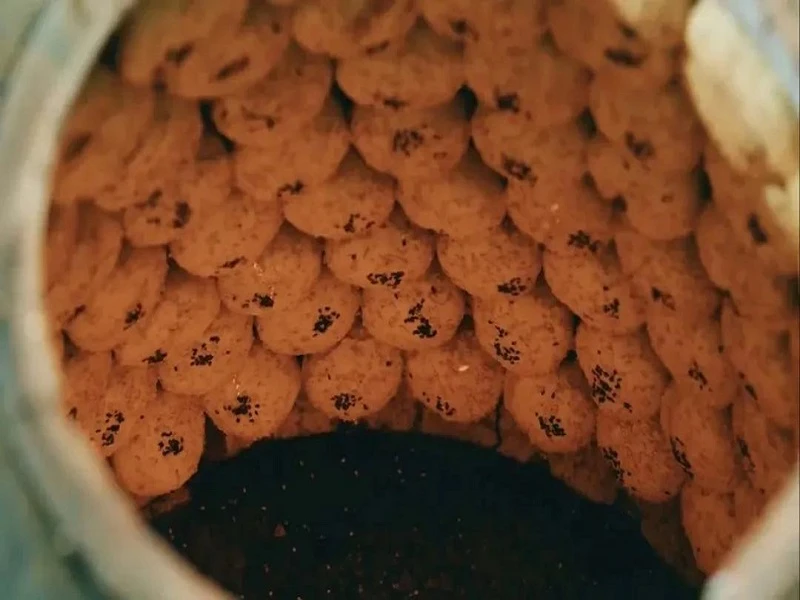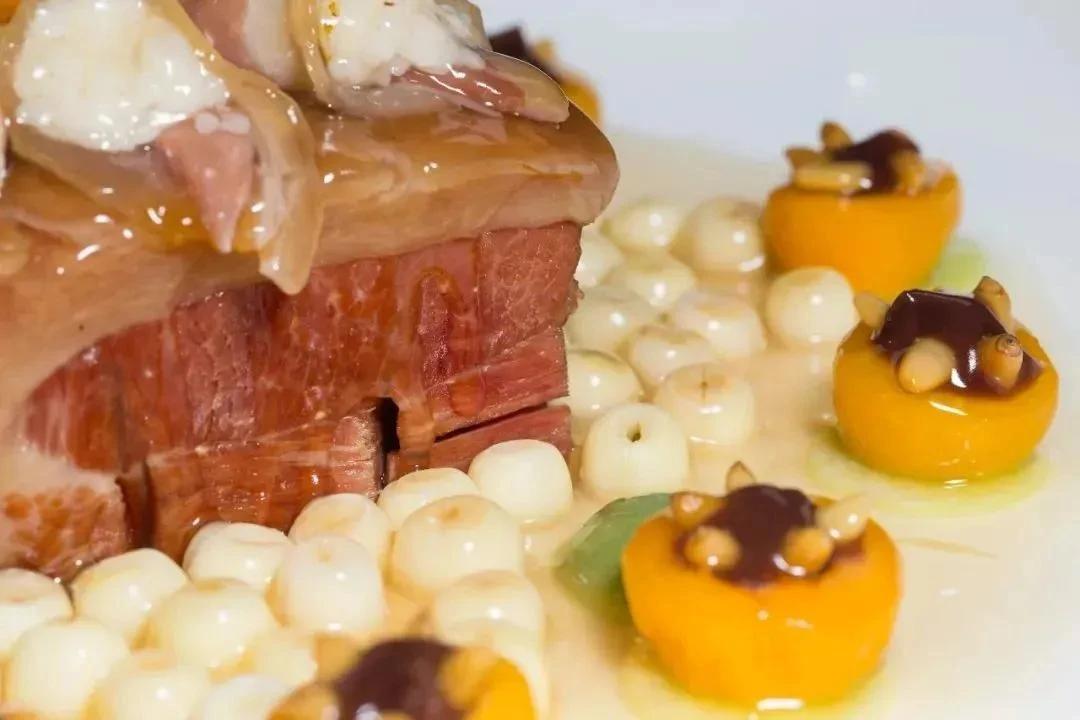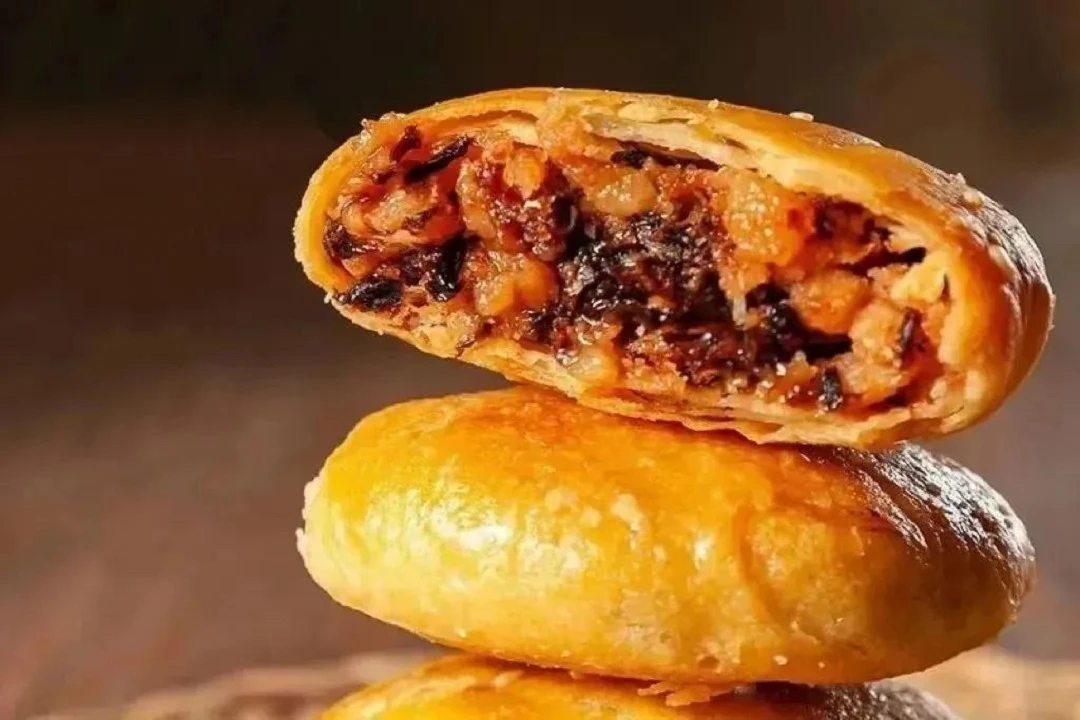Jinhua, a prominent spot on Zhejiang's map, is often affectionately referred to as a "scattered (散装)" city by its residents. This seemingly unflattering nickname stems from the city's diverse offerings, each capable of standing strong on its own. From the global renown of Hengdian World Studios and Yiwu's International Trade City to Yongkang's hardware industry and Dongyang's academic prowess, each facet of Jinhua's identity is distinct and powerful. Yet, when Jinhua is mentioned, the conversation often circles back to one thing: ham.
However, the locals don't mind this reduction. In fact, they confidently assert, "You don't get it; our local food, like a good relationship, isn't meant to be widespread." Indeed, experiencing Jinhua's culinary delights is much like falling in love. At the heart of this experience are two key elements: carbs and meat. Jinhua's food offers a satisfying combination of comforting carbohydrates and richly flavored meats, making it a destination that leaves you feeling fulfilled after just one visit.

The Comfort of Carbs: Jinhua's Beloved Staples
In Jinhua, the sense of satisfaction that comes from a hearty meal is a fundamental part of the culinary experience. This is where carbs play a starring role, delivering that deeply ingrained feeling of fullness. Among the city's many carb-based dishes, the iconic Jinhua Su Bing (Crispy Biscuit) stands out, rumored to have originated with the legendary figure, Cheng Yaojin. Despite its name, the crispiness is just the beginning of what makes this biscuit special.
The process of making Jinhua Su Bing is as intricate as it is rewarding. Using a rolling pin as thick as a forearm, the dough is stretched to its limit, enhancing its elasticity. Oil is then added, and the dough is formed into small, oily dough balls, which are placed on a board. The dough is then rolled, stuffed with filling, and flattened into disks. Before baking, a layer of maltose syrup is brushed onto the dough, and sesame seeds are sprinkled on top. After over twenty meticulous steps, the biscuits are ready for the oven.
The baking process involves a specialized oven that resembles those used in Xinjiang for baking stuffed buns, but with a narrower opening. The baker quickly dips the bottom of each biscuit in water and sticks it to the oven wall. As the temperature rises, the aroma wafts through the streets, tantalizing passersby who haven't yet had breakfast.
When you finally get your hands on one, the palm-sized Su Bing is a golden brown on the outside, with a slightly charred, crispy crust. One bite reveals a rich filling of preserved vegetables and meat, with the fat from the filling melding into the crispy layers, delivering a sweet, savory, and crunchy delight that brings an involuntary smile to your face. Eating a fresh Jinhua Su Bing on an empty stomach is akin to the joy of receiving news of a Monday holiday on a Sunday evening—pure bliss.
Another beloved breakfast contender
Jizi Guo (Egg-Stuffed Bun), compared to Su Bing, its preparation is simpler but no less satisfying. A thin dough skin is filled with minced meat and an abundance of chopped green onions, then pinched closed with a small opening at the top.
The key to this dish lies in the next step: the bun, resembling a small baozi, is carefully placed in hot oil. Using chopsticks, the cook deftly lifts the opening and pours in a golden stream of egg yolk. It's a skill that rivals the precision of an ancient oil merchant, and the result is nothing short of mesmerizing. Once the egg is in place, the bun is quickly flipped and fried until golden brown. The thin dough seals in the hot, tender filling, with the egg just set and the green onions adding a burst of freshness. The combination of these everyday ingredients into a local delicacy is a testament to its allure.
The masters who craft these often start as apprentices at a young age, learning the trade from scratch under the guidance of experienced mentors. Even if they already know how to knead dough, they must relearn the process from the ground up, with no room for shortcuts. This dedication reflects the romanticism and persistence of artisans who take pride in their craft—what they produce is a covenant between the maker and the eater, a trust in every bite.
Meat Lover's Paradise: The Timeless Appeal of Jinhua Ham
No discussion of Jinhua's culinary offerings would be complete without mentioning its most famous product: Jinhua ham. For visitors, the thought of lugging an entire leg of ham home might seem daunting. Cooking with ham requires familiarity with its different parts and uses, and it can take a long time to use up an entire leg. For this reason, vacuum-sealed ham chunks are a more convenient option.
Among the various brands, Xuefang Jiang's ham (雪舫蒋腿) is particularly famous. Even the renowned writer Lu Xun mentioned it multiple times in his letters to Xu Guangping. However, despite Lu Xun's culinary skills, his preparation methods remained traditional, unlike the innovative approach of the culinary expert Tang Lusun.
Tang Lusun's (唐鲁孙) secret weapon was tofu dregs. Instead of complex recipes, he focused on pairing the ham with complementary ingredients. He stir-fried tofu dregs in ham fat and added ham scraps, creating a dish that was said to be golden in color and rich in flavor. Zhang Boju, one of the "Four Gentlemen" of the Republic of China, was so impressed that he not only sent a leg of ham to Tang Lusun but also brought his friends over to sample the dish. Similarly, Jiang Dongxiu, the wife of Hu Shi, loved to stir-fry tofu dregs with ham bits. This dish's appeal crossed regional boundaries, being enjoyed by people from various parts of China.



